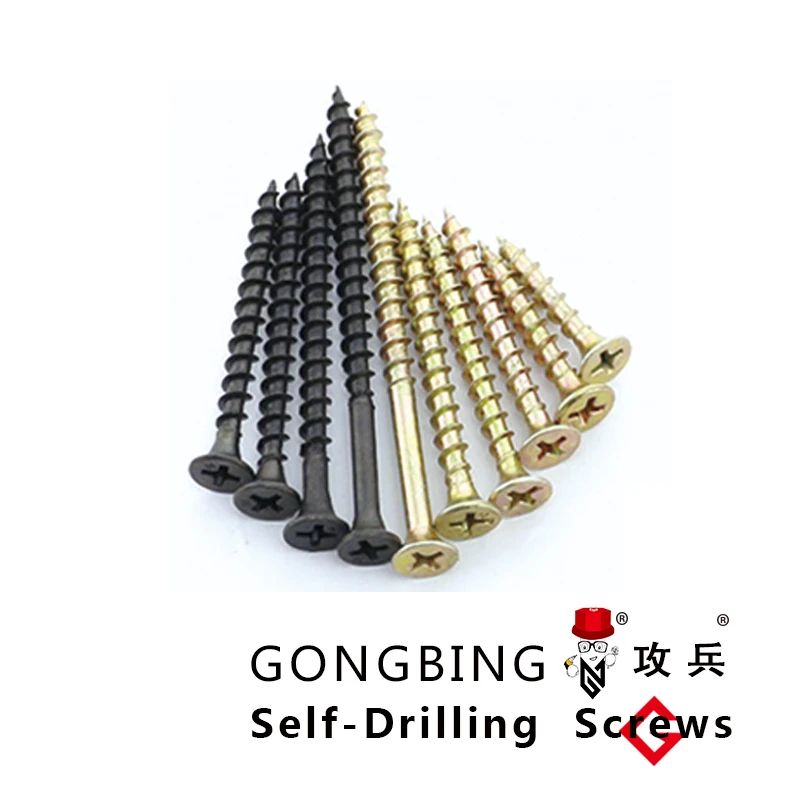what are chemical anchors
Understanding Chemical Anchors A Comprehensive Overview
Chemical anchors are crucial components in the construction and engineering industries, providing reliable and durable fastening solutions for a variety of applications. These anchors are specifically designed to be used in solid materials, such as concrete, masonry, and stone, where a secure bond is necessary for structural integrity. As the demand for robust and versatile fastening systems continues to grow, an understanding of chemical anchors becomes essential.
What are Chemical Anchors?
Chemical anchors, also known as bonded anchors or epoxy anchors, are fastening systems that use a chemical adhesive to bond the anchor to the base material. Unlike mechanical anchors, which rely on friction or expansion to hold objects in place, chemical anchors provide a stronger bond through the chemical reaction of the adhesive. This method of anchoring achieves high tensile and shear strength, making it particularly useful in heavy-duty applications.
The typical chemical anchor consists of two main components a resin and a hardener. When mixed together, these components undergo a chemical reaction that cures and forms a solid bond. Common materials used for this purpose include epoxy, polyester, and vinylester resins, each offering different properties such as resistance to moisture, temperature, and chemicals.
Advantages of Chemical Anchors
One of the primary advantages of chemical anchors is their ability to provide high load capacities while minimizing the risk of cracking or damaging the base material. This makes them particularly suitable for high-stress applications, such as securing heavy machinery, bridge components, or structural frames.
Furthermore, chemical anchors can be installed in both dry and wet conditions, making them versatile for various environmental situations. They also allow for deeper installation into the base material, which can further enhance load characteristics.
what are chemical anchors

Another significant benefit is their resistance to corrosion and environmental factors. Many chemical anchor products are designed to withstand harsh conditions, including exposure to chemicals, extreme temperatures, and moisture. This longevity makes them an ideal choice for both indoor and outdoor applications.
Applications of Chemical Anchors
Chemical anchors are widely used across different sectors, including construction, infrastructure, and industrial settings. They play a critical role in the installation of
1. Structural Elements Supporting beams, columns, and other structural components are often secured with chemical anchors to ensure stability and strength. 2. Heavy Machinery Equipment that requires a secure base, such as compressors, generators, and manufacturing equipment, can greatly benefit from the use of chemical anchors. 3. Facade Systems External wall systems and curtain walls in buildings often utilize chemical anchors to ensure decorative and functional components are securely fastened. 4. Bridges and Roads Infrastructure projects frequently rely on chemical anchors for securing prefabricated elements and other structural applications.
Installation Considerations
Proper installation is crucial to the performance of chemical anchors. Factors such as hole size, cleaning of the hole, mixing ratios of the resin and hardener, and curing time are all critical to achieving optimal bonding strength. Additionally, it is essential to follow manufacturer guidelines and safety precautions during the installation process.
Conclusion
Chemical anchors represent a sophisticated and effective solution for securing structural elements in a wide range of applications. Their unique bonding properties offer unparalleled strength and durability, making them an essential tool in the toolkit of engineers and construction professionals. As building technologies evolve, the role of chemical anchors will undoubtedly continue to expand, paving the way for innovative and safe construction practices. Understanding and utilizing these anchors can lead to more durable and reliable structures, ultimately enhancing safety and efficiency in various construction projects.
-
Weatherproof Plastic Expansion Anchors for OutdoorNewsJun.06,2025
-
Sustainability in the Supply Chain: Eco-Friendly TEK Screws ProductionNewsJun.06,2025
-
Load-Bearing Capacity of External Insulation FixingsNewsJun.06,2025
-
Double Head Bolts: Enhancing Efficiency in Industrial MachineryNewsJun.06,2025
-
Corrosion Resistance in Chipboard Screws: Coatings for Wholesale DurabilityNewsJun.06,2025
-
Butterfly Toggle Bolts : Enhancing Structural ResilienceNewsJun.06,2025
